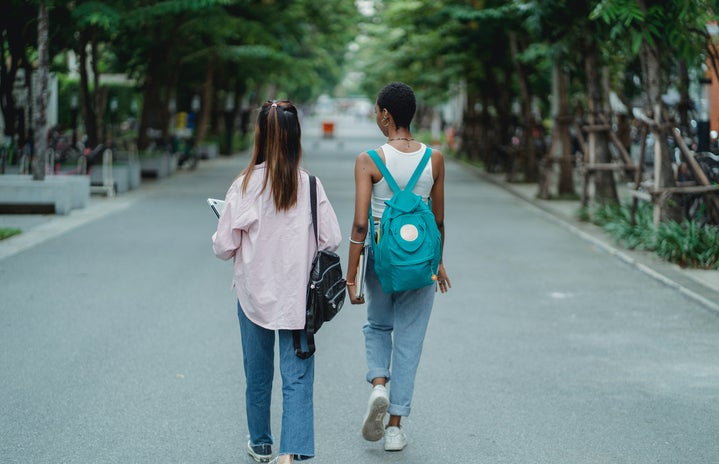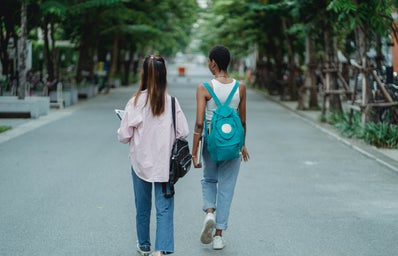College campuses across the country are experiencing major safety concerns, including at Michigan State University, where students are currently questioning their well-being and appointed leaders.
In the past year, Marlon C. Lynch was elected as vice president of Public Safety and Chief of Police. This role can be deemed demanding, since it includes the responsibility of ensuring the safety of around 19,000 kids.
“I’ve worked in large urban areas like New York and Chicago and Nashville, but … a large public institution like this presents its different challenges,” Lynch said.
According to Lynch, safety looks different for everyone. For the president of Students Against Gun Violence at MSU, Cate Dombrowski, safety means policy change.
Students Against Gun Violence focuses on the university’s firearm policy. The current policy allows persons with concealed pistol licenses to openly carry firearms on campus.
Dombrowski said she understands the legality and enforcement issues that arise with possible policy changes, but knows it is possible. In her home state of Michigan, University of Michigan is the front-runner for policy change.
“We are the only university in the state that allows that … It’s less of a question of if our campus is secure. We’re an open campus, [and] that’s fine,” Dombrowski said. “However, are we really enacting policies that demonstrate that we care about our university being a safe place?”
There is a lot of collaboration between student-registered organizations and the MSU Department of Police and Public Safety. Lynch refers to the organization’s yearning for change as understandable, but problematic.
“The challenge for us is that we are a public institution and we have public streets and fares that run through campus. … I understand the intent of the policy, but then we have to understand how the policy is actually applied,” Lynch said.
He proposed an example of a passerby driving through campus with no intent to stop or use facilities. If a police officer were made aware of their firearm, they would be in violation of the university’s policy.
While he’s not a proponent for reform, both sides agree that there is a lack of knowledge of resources that students can utilize to maximize their safety on campus.
MSU offers an abundance of resources to keep students safe. From programs covering mental health to substance and physical abuse, the university’s newest development includes the SafeMSU app.
The app provides features that include one-touch emergency calls, access to Safe Ride, virtual friend walk, link to Night Owl Cata services, and the ability to report a tip to the police.
However, many students are not taking advantage of this resource. Advertising and communication major Ana Belen Jaramillo is among the students who do not use the SafeMSU app.
“Information [is] given to students daily, by mail, by social media. It’s a lot sometimes. Maybe if they made [this or informational events] obligatory [that would help],” Jaramillo said.
When asked if she feels safe on campus, she said yes. Coming from Ecuador she feels most Latin American countries are unsafe compared to where she lives now.
She is familiar with the second amendment, as well as the gun violence issues in America, which are not as common in Ecuador. She said if students feel unsafe, she can not think of a reason why they have not changed the policy.
Lynch emphasizes that students should not look for one person to blame, but instead understand that change is a process. He said concerns are circumstantially based and that MSU DPPS may not be responsible for the change, but can be a great point of contact.
Change in public safety continues to be an ongoing conversation, yet students are still unsatisfied with the university’s actions.
“I would like to see some more innovation on [MSU’s] behalf, or more open-mindedness to try new ways to keep students safe,” Dombrowski said. “We want to build stronger, healthier communities because stronger healthier communities are safer communities.”
Sources:
Marlon C. Lynch, Vice President of Public Saftey and Cheif of Police
Cate Dombrowski, President of Students Against Gun Violence at MSU
Ana Belen Jaramillo, Foreign Exchange Student


